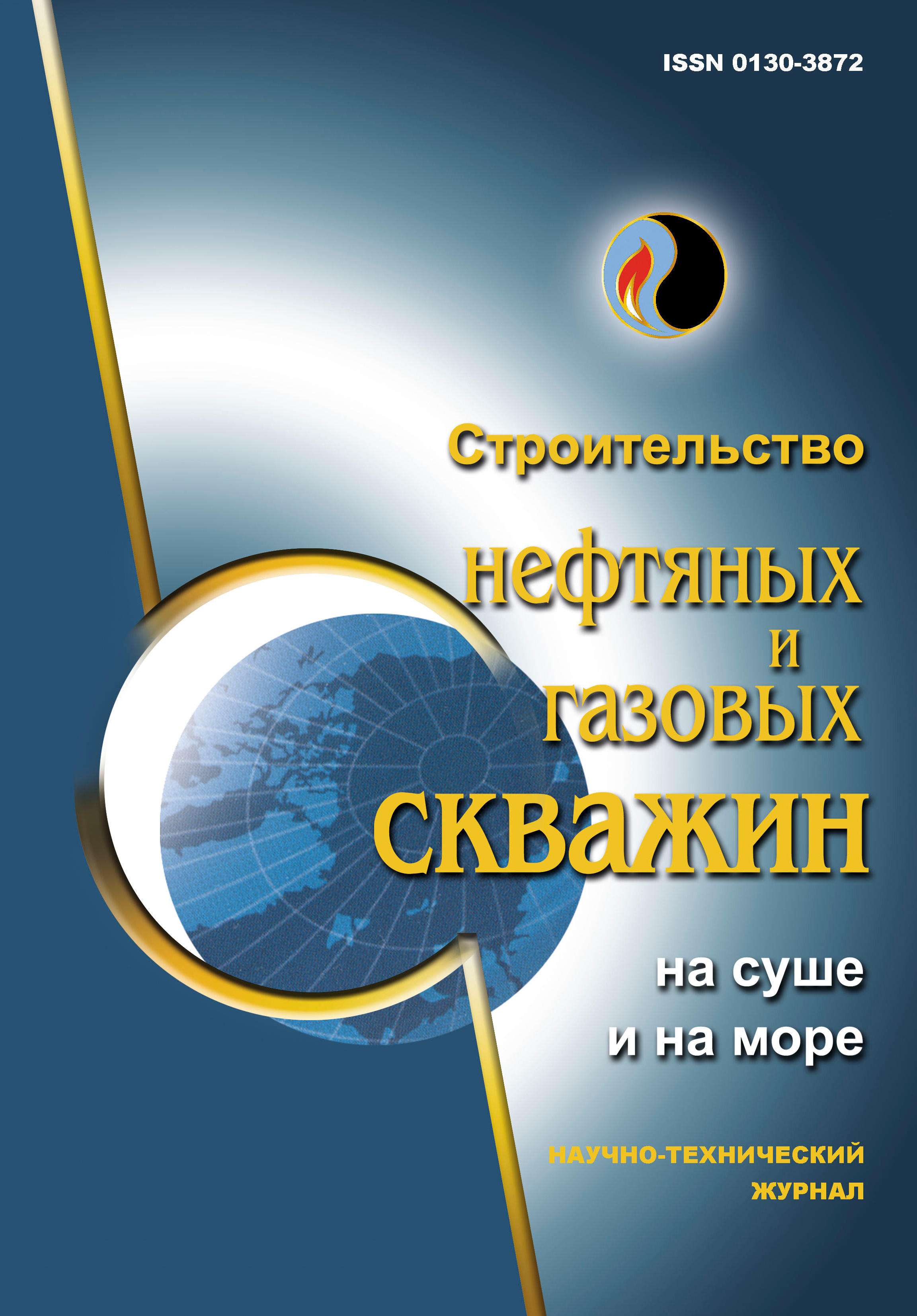Features of geological exploration when developing hydrocarbon reserves in the Arctic zone of the Timan-Pechora oil- and gas-bearing province
UDC: 553.982.2
DOI: 10.33285/0130-3872-2021-12(348)-16-23
Authors:
ROSTOVSHCHIKOV VLADIMIR BORISOVICH 1
1,
DEMCHENKO NATALIA PAVLOVNA 1
1,
KOLOKOLOVA IRINA VLADIMIROVNA 2
2,
SBITNEVA YANA STEPANOVNA 1
1
1 Ukhta State Technical University, Ukhta, Russian Federation
2 Oil and Gas Research Institute RAS, Moscow, Russian Federation
Keywords: seismic CDP-2D and 3D; arctic zone; transit zone; directional drilling; structural-stratigraphic trap; Lower Devonian carbonate complex
Annotation:
The Arctic zone of the European North is a vast territory beyond the Arctic Circle (70 parallel), including the continental part of the Timan-Pechora oil- and gas-bearing province and its continuation in the Pechora Sea, as well as the Barents Sea oil and gas potential province. The total area of promising lands is more than 1 million km2. By now, eight fields have been discovered within the Arctic shelf of the Pechora Sea, where the main structural elements of the continental part of the Timan-Pechora province continue: Severo-Gulyaevskoye, Dolginskoye, Pomorskoye, Prirazlomnoye, Medynskoye-more, Varandey-more, Peschanoozerskoye and Tarskoye. According to the results of a comprehensive express interpretation of seismic surveys with CDP-2D and 3D on the shelf, transit and continental parts, structure N is a continuation of the Lower Devonian deposit in the continental part of the Roman Trebs field. It is with it that the main prospects for creating a large raw material base for the development of the oil and gas industry are associated.
The main features and problems when carrying out geological exploration works (GEW) both on the continent and on the shelf include: general geological (features of the formation and placement of promising oil and gas traps due to the history of the geological development of oil and gas complexes (OGC), technological (presence of a transit zone, island permafrost, climatic conditions, features of construction of offshore drilling facilities, etc.) and economic (significant increase in the cost of GEW in the shelf part of the Arctic zone).
A set of geological exploration works (seismic survey and prospecting-appraisal drilling) allows making a conclusion that: the transit zone is a link between continental fields and their offshore extensions in the Arctic shelf; this zone, up to 10–15 km wide and hundreds of km long, has practically not been explored by seismic exploration because of to technical and technological difficulties; exploration of offshore oil-promising structures as well as the development of coastal blocks of fields is possible from the onshore part using directional and horizontal drilling. Taking into account the high prospects of the transit zone, it is recommended to conduct special geological and geophysical studies there and assess its oil and gas potential.
Bibliography:
1. Geologiya, poiski i razvedka mestorozhdeniy uglevodorodov na akvatoriyakh Mirovogo okeana / V.Yu. Kerimov, B.V. Senin, V.I. Bogoyavlenskiy, G.Ya. Shilov. – M.: Nedra, 2016. – 411 s.
2. Laverov N.P., Dmitrievskiy A.N., Bogoyavlenskiy V.I. Fundamental'nye aspekty osvoeniya neftegazovykh resursov arkticheskogo shel'fa Rossii // Arktika: ekologiya i ekonomika. – 2011. – № 1(1). – S. 26–37.
3 Teoreticheskie osnovy poiskov i razvedki nefti i gaza / A.A. Bakirov, E.A. Bakirov, G.A. Gabrielyants [i dr.]. – M.: Izd. dom "Nedra", 2016. – 412 s.

